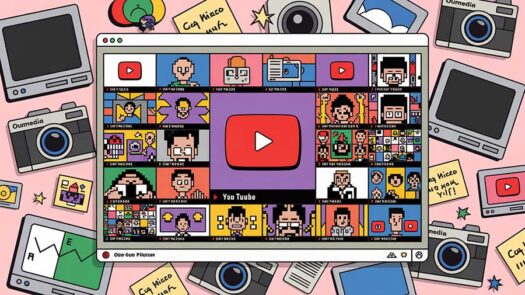With a turn toward commerce, Microsoft’s online city guide places marketing above journalism
This column appeared in the November 1998 issue of The American Journalism Review.
Remember those apocalyptic headlines two years ago, the ones predicting that plague and pestilence would be visited upon all that journalism holds sacred because of Microsoft’s emergence as a media player?
As it turned out, toads did not rain from the sky.
Such fears always struck me as wildly overblown. And today, MSNBC and Slate notwithstanding, it should be clear from its online actions that Microsoft is positioning itself as an Internet transaction center — but has no appetite to reinvent itself as a media company.
Local news? Never gonna happen. The culture gap between a technology company and a news organization is breathtakingly large.
I fell into that gap in April 1997 when I became a senior editor with San Francisco Sidewalk, Microsoft’s online city guide. At the time, I believed that newspapers were in the best position to win in the local online space because of the deep talent and knowledge pool in their newsrooms and their longtime ties to the community.
But it was also my view that Microsoft’s foray into local online content creation would be a healthy development. By entering the fray, Microsoft set off alarm bells that snapped the industry out of its complacency.
Now, 18 months later, the landscape has changed considerably. A crop of superlative, inventive local entertainment guides has sprung up: the New York Times’ New York Today, the Los Angeles Times’ Calendar Live!, Knight Ridder’s Just Go sites, the Minneapolis Star Tribune’s Free Time.
Perhaps some of these would have come along anyway. But there’s nothing like old-fashioned competition to breed innovation. As a result, the real winners are the readers.
Because Sidewalk’s evolution holds lessons for Web journalism, this may be a good time to assess where it’s been and where it may be heading. (Those looking for breaches of confidentiality will have to look elsewhere; all of this information is in the public domain.)
With our young staff of 15 to 20 editorial employees, we realized right from the get-go that we were not publishing an online newspaper or magazine. Our mantra was not to tell stories but to help users make better decisions about how to spend their free time. Freed from the conventions of print journalism, we molded a tone and style that put Web readers at the center of the equation.
A discerning reader would see:
• Stories that got to the point fast. By and large, the nut graf — the point of the article — came in the first paragraph.
• Scannable pages. Short articles emphasizing useful information rather than narrative showing off the writer’s cleverness.
• An emphasis on today and tomorrow rather than yesterday.
• Helpful aids for the user: maps, directions, transit stops, neighborhood parking tips, nearby restaurants, links to contact information.
It may surprise critics, but Microsoft enforced very strong policies to protect users’ privacy, to prevent spam, and to clearly separate advertising from editorial content.
We did not do other things so well: interacting with our readers; establishing ties to the local community; doing quick turn-arounds on breaking news.
Just before I left Microsoft in November, Sidewalk recast itself, expanding from nine staffed cities into several dozen additional non-staffed cities (with mostly national content) and adding yellow pages and merchant directories that allow consumers to comparison-shop for products online.
From a business viewpoint, the move made enormous sense. In the past year, it’s become one of the Internet’s truisms that content is not king on the Web. Building a quality site doesn’t mean you’ll build an audience. But tie quality content to distribution (browsers), visibility (search engines), community (Geocities, Salon) or commercial utility (the new Sidewalk) — well, now you’ve got something.
Sidewalk’s new mantra — connecting buyers with merchants — is no doubt the right business decision. I like the addition of yellow pages and business directories (which appeared first in some competitors’ products) and think readers will find them useful. The Web, after all, is at least as much a utilitarian tool as it is a publishing medium.
At the same time, as a journalist, I’ll confess that it’s unsettling to see the commercial aspects of your site move from the background to the forefront, even though we knew that was the plan all along.
Whose tail is now wagging the dog? Arts and entertainment becomes a supplement to electronic commerce. Content becomes secondary to the main event of transactions. In short, we’re seeing marketing in ascendance, journalism as almost an afterthought.
Perhaps that’s the way it will be on the Web. But for those of us on the inside, it’s hard to get the juices flowing about business directory queries; it’s hard to rally the troops around the cause of profitability.
C’mon, everyone, let’s make lots of money.
To a journalist, there’s got to be more.




